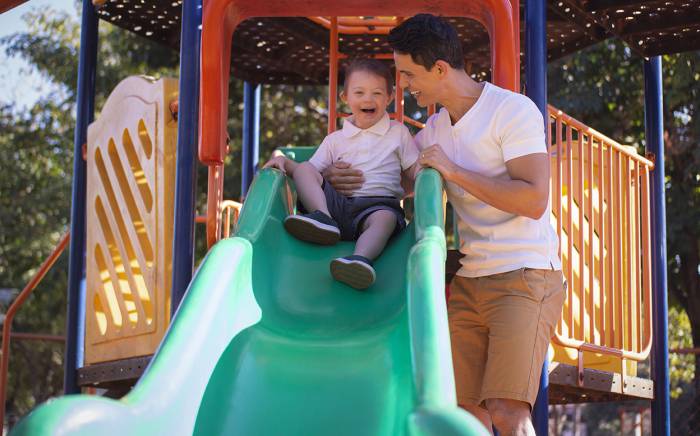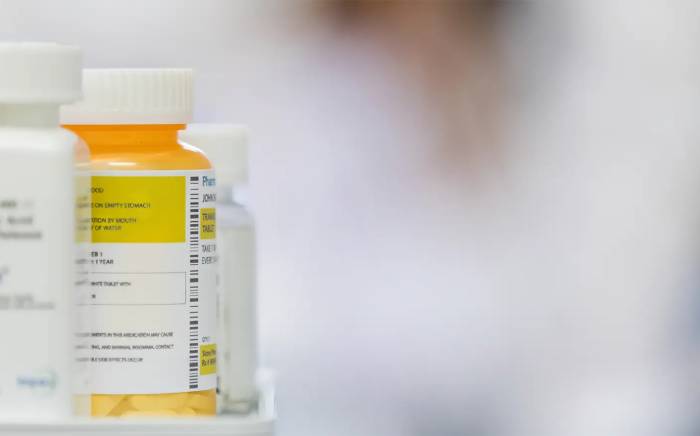What is a meniscus?
Each knee has two menisci, one on the medial (inside) and one on the lateral (outside) part of the knee. The menisci are made of fibrous tissue and have rubbery consistency. This is the structure commonly referred to as the knee “cartilage” when individuals say they tore their knee “cartilage”.
What does a meniscus do?
The meniscus serves and important function of transmitting force across the knee joint with all weightbearing activities (walking, running, jumping, etc..) They are crescent-shaped, allowing the rounded lower part of the thigh bone (femur) to better fit the flat top of the shin bone (tibia). Its triangular shape allows the two bones to “fit” better and distribute force over a larger area. It also helps maintain joint stability, improves the lubrication of the knee joint and absorbs some of the forces during walking.
Why is the meniscus important?
The meniscus, because of its weight-distributing function, prevents excessively high stresses from being applied to one small area of the joint surface. If the forces of walking and running are consistently concentrated in one small area of the joint the articular cartilage will, over time, become overloaded. Long-term high forces in one area overloads the ability of the articular cartilage to handle the “wear and tear” the knee must tolerate, and early arthritis may develop.
How does the meniscus get injured/torn?
The meniscus provides stability to the joint and act as “bumpers” for the knee joint. When the knee is twisted during sports or other activities, the meniscus can become caught between the femur and the tibia. The meniscus can then be torn away from its attachments on the outside edges.
Are meniscal tears associated with other injuries?
Meniscal tears are frequently associated with injuries to the anterior cruciate ligament (ACL), up to 80%. In addition, injury to other ligaments around the knee can be damaged at the time of meniscal tear. The medial (inside) and lateral (outside) meniscus are equally involved.
What are the symptoms a meniscal tear?
Most people who have a meniscal tear report an acute injury after which the have new onset knee pain. In the adolescent, acute swelling of the knee joint at the time of injury is common. After recovery from the acute injury, some people are able to resume normal sporting activities, however most cannot because of persistent knee pain and swelling. Occasionally, the knee may exhibit symptoms of locking, catching, snapping, popping of clicking.
How are meniscal tears diagnosed?
Menisci are invisible on plain radiographs (x-rays) that are obtained in the office. Approximately 70% of meniscal tears can be detected by physicians during the clinical evaluation of the knee. Currently, the study of choice to diagnose meniscal teras is the MRI (magnetic resonance imaging) scan. The popularity of the MRI is due to its being noninvasive, and the >90% accuracy in detecting meniscal tears.
Once diagnosed, how are meniscal tears treated?
At the present time, all attempts are made to save the menisci. Repairing the menisci can be done through the knee “scope” which is the procedure of choice in adolescent and young adult. However sometimes the meniscus may be too damaged or frayed, making repair of the meniscus impossible. In this situation the damaged section of the meniscus is removed, leaving as much of the normal meniscus as possible.
What is the recovery after meniscal surgeries?
After repair of meniscal tears, the knee must be protected during the first 3 months. In general NO WEIGHT bearing (walking) for the first 4 weeks after surgery, then weightbearing is gradually increased while the brace is worn. At 6 weeks after the surgery the brace is removed, and normal walking is allowed. Running and jumping activities are initiated at 3 months after surgery, provided the knee has appropriately recovered from the repair.
When the repair of the meniscus is not possible, the torn area is removed through the scope during surgery. Because the meniscus does not have to heal immediate weightbearing is allowed. Running and jogging is typically allowed after 2-4 weeks and sports shortly after.
What are the long term success rates for the surgeries?
Overall, the long-term success rates for meniscal repairs vary from 84% to 94%. The success rate decreases when the knee is unstable, such as when there is an ACL tear. This is why if there is an ACL tear with meniscal tear, both structures should be surgically repaired or reconstructed.
Can the meniscal get torn a second time?
Yes and the same issues dictate whether the meniscus can be repaired or removed.









